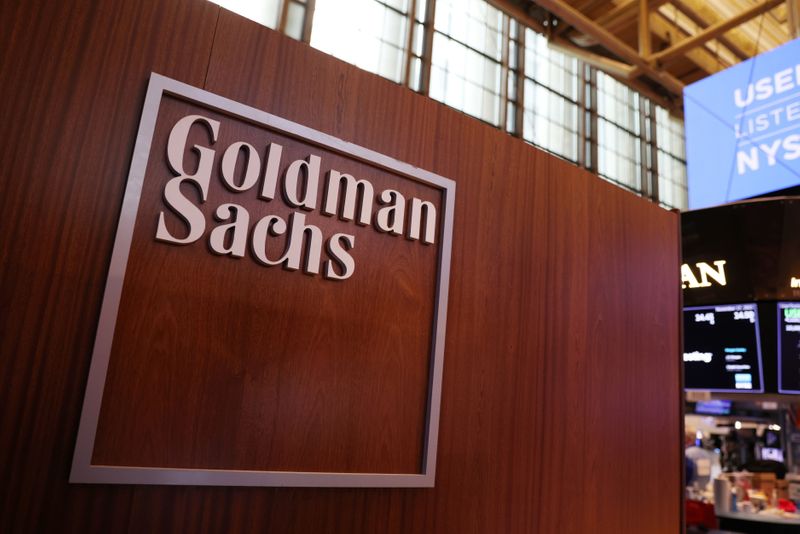
Investing.com — Goldman Sachs has updated its economic forecasts, reflecting nuanced shifts in monetary policy expectations and global growth trends for 2025.
Analysts have revised their projections for the U.S. Federal Reserve policy, removing a previously anticipated rate cut in January.
The terminal rate is now expected to fall within the 3.5-3.75% range, compared to earlier estimates of 3.25-3.5%. The brokerage anticipates the next 25 basis-point cut to occur in March, followed by additional reductions in June and September.
U.S. economic performance is projected to continue outpacing its developed-market peers, supported by robust real income growth and superior productivity gains.
Goldman forecasts U.S. real GDP growth at 2.6% year-over-year in 2025, alongside a gradual decline in the unemployment rate to 4.0% by year-end.
Core inflation is expected to ease to 2.4% by December, driven by softer shelter costs and wage pressures, despite upward pressure from tariff adjustments.
Globally, Goldman Sachs expects a year-over-year real GDP growth rate of 2.7%, underpinned by increases in disposable household incomes and easing financial conditions. However, structural issues in the Eurozone and China could dampen momentum.
In the Euro area, real GDP growth is forecasted at a modest 0.8%, constrained by high energy costs, competitive pressures from China, and fiscal consolidation.
The European Central Bank is expected to continue rate cuts through mid-2025, potentially reaching a policy rate of 1.75%.
In China, the outlook remains cautious despite recent policy easing. Real GDP growth is expected to slow to 4.5% in 2025 due to weak consumer demand, challenges in the property sector, and higher U.S. tariffs.
Long-term risks are amplified by unfavorable demographics and the global trend of supply chain diversification away from China.
Geopolitical developments, including U.S. tariff policies under the new administration and ongoing uncertainties in the Middle East and Ukraine, remain critical factors to monitor.
Analysts note the potential for major impacts on European and Chinese economies if across-the-board tariffs are implemented.
The updates underscore a complex global economic environment where growth opportunities are tempered by persistent structural challenges and geopolitical uncertainties.






